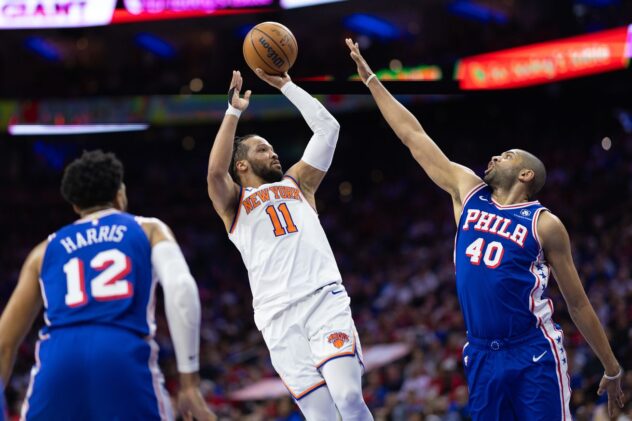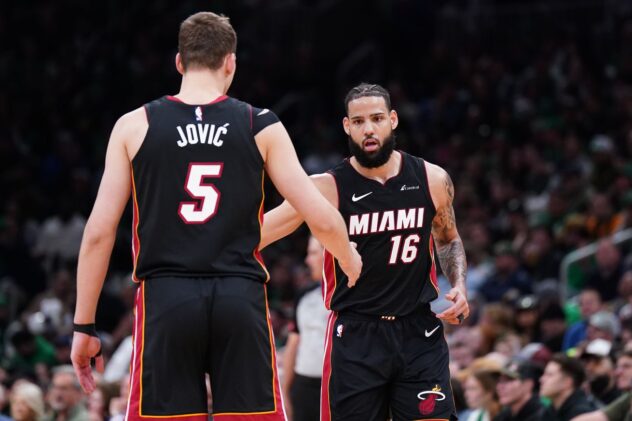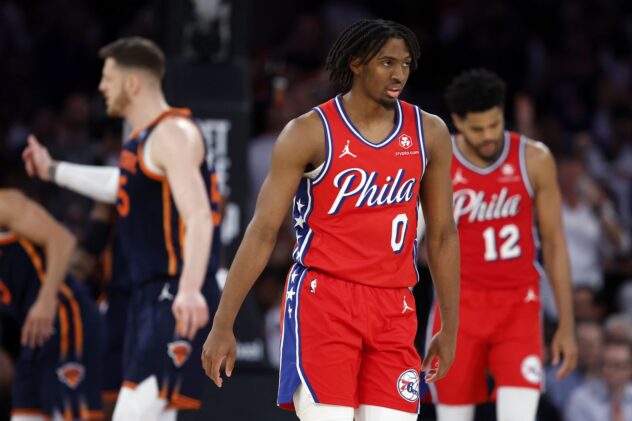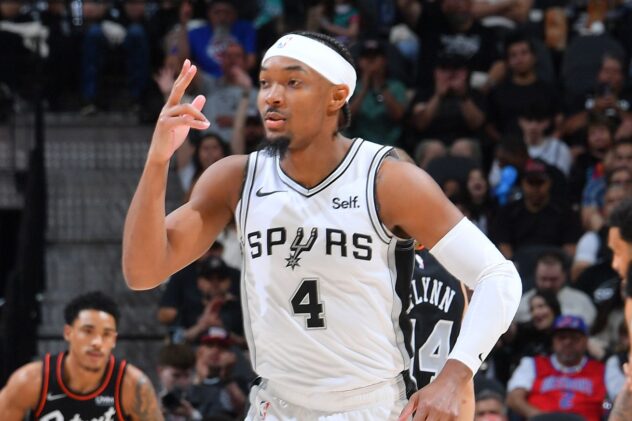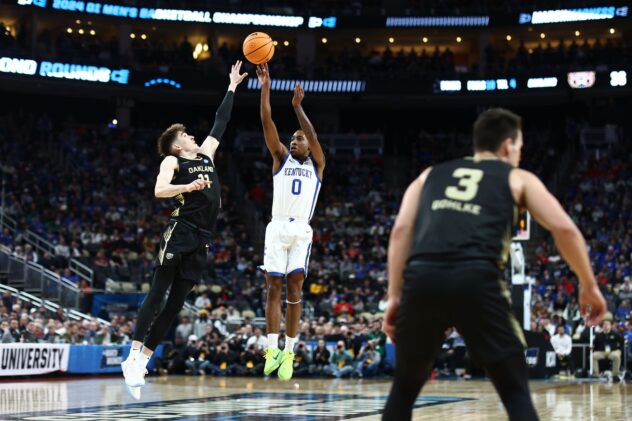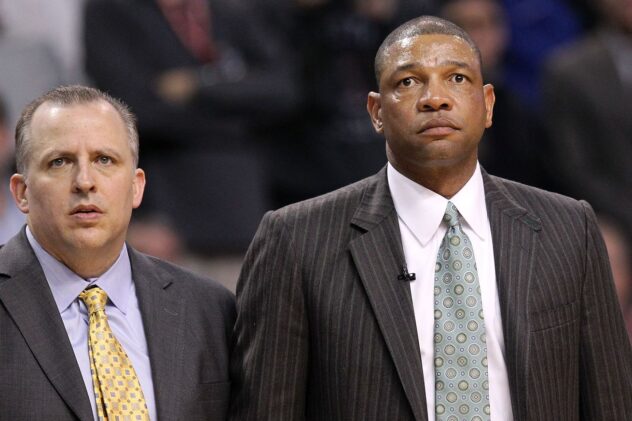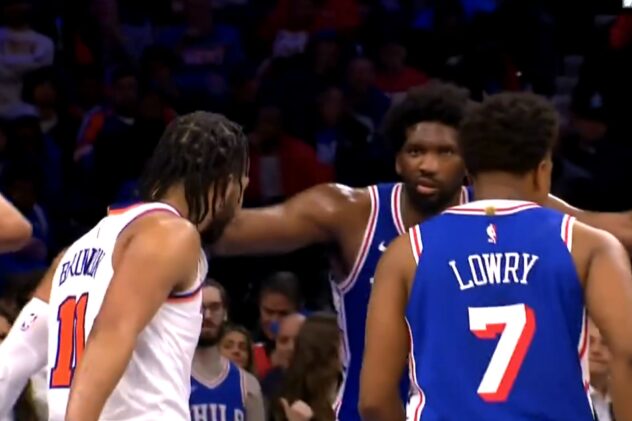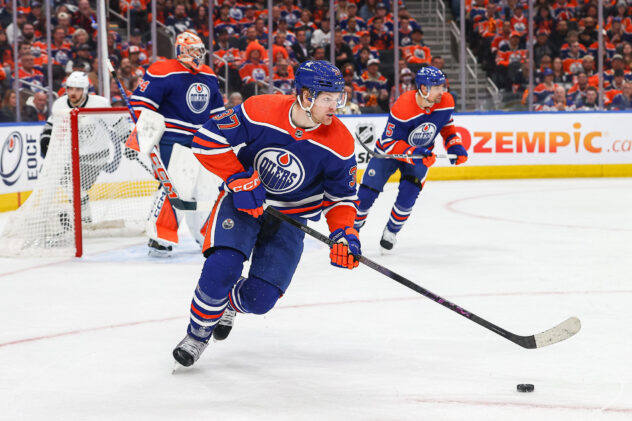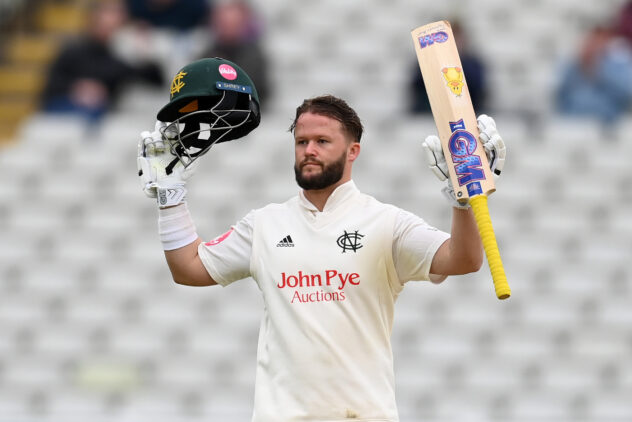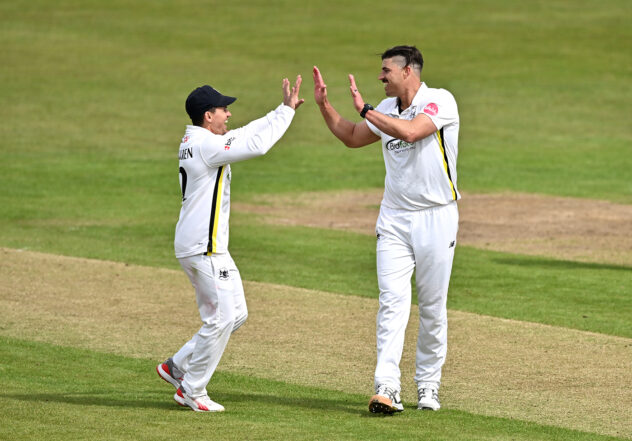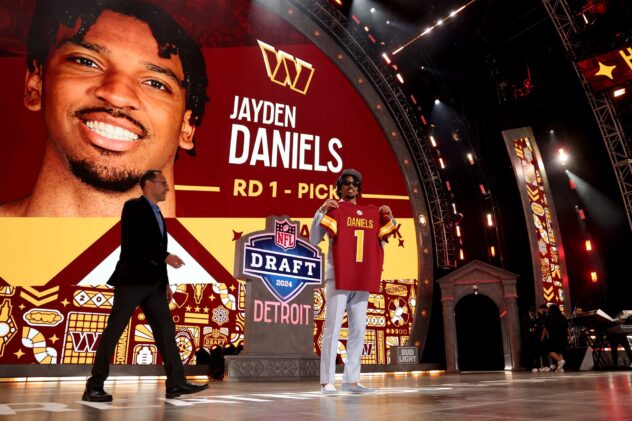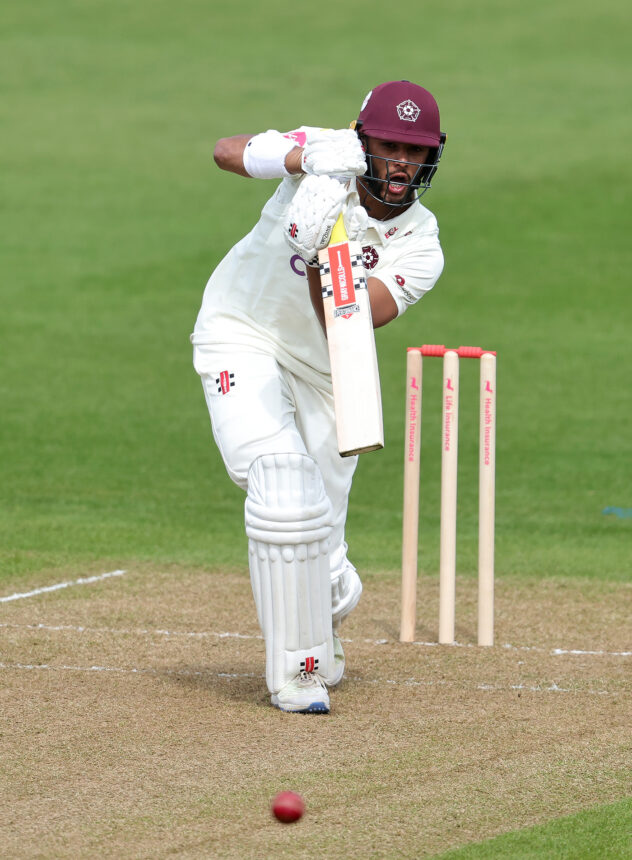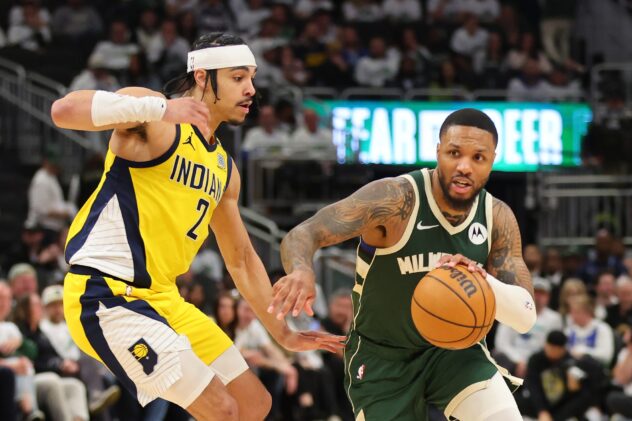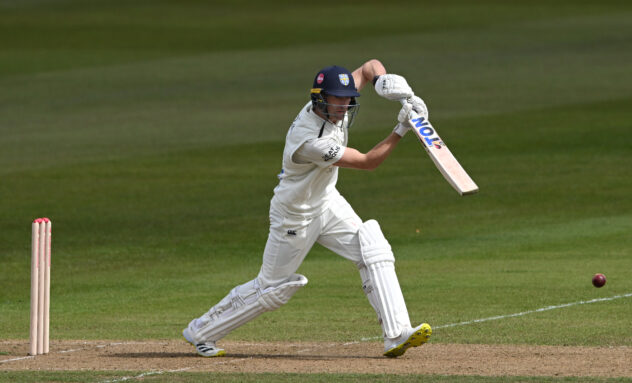The Spurs truly embraced experimentation over continuity late in the season
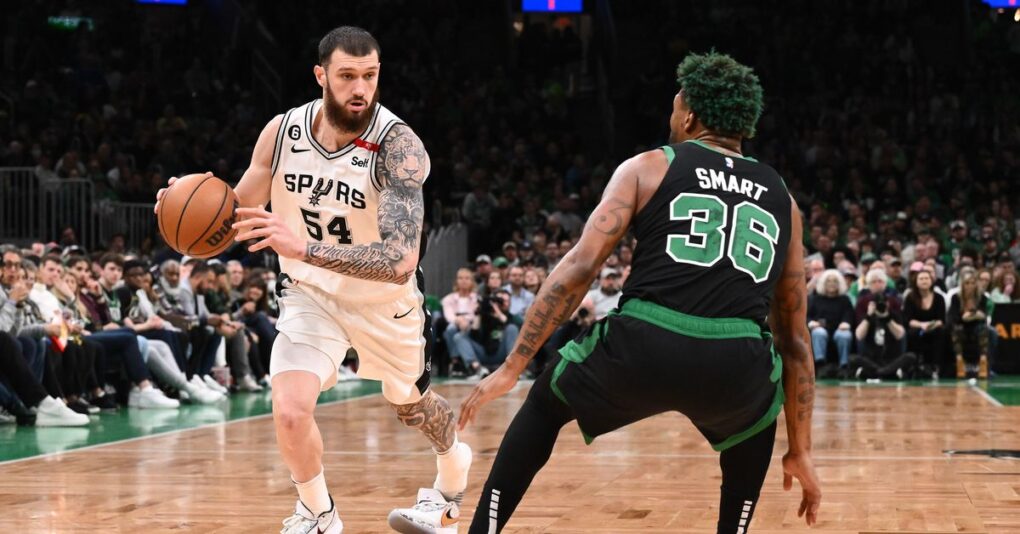
The Spurs set up to maximize their lottery odds this season and have done it already. They will have as good a chance as anyone to get the top pick and can’t fall below the sixth pick, which would be the highest they’ve selected since Tim Duncan. They accomplished what they set out to accomplish.
Sacrifices had to be made for that goal to be reached, however. In their quest to bottom out, the Spurs had to put aside something they have always valued: continuity. A coaching staff that was known for being rigid in terms of rotations and roles has been a lot more experimental.
The most used Spurs lineup, the normal starters when everyone was healthy and Jakob Poeltl was still in San Antonio, was on the court together for just 189 minutes. The Silver and Black had 36 different starting lineups, and the season isn’t over yet. Trades and serious injuries are to blame for some of it, but the tactical resting of players has also played a part. After starting the season better than expected, it became clear that the Spurs were going to struggle to out-tank others if their best players were all available at the same time. That regular starting lineup from before the trade deadline? They sported a net rating that was close to neutral and would have them ranked between the Wizards and the Heat at a league-wide level. The same unit with Josh Richardson in place of Vassell, who missed serious time, actually had a positive net rating in limited minutes.
There’s a counterargument to be made about how Poeltl and Richardson, who ranked fourth and sixth respectively on minutes per game on the team in their time in San Antonio, were playing too much before being traded, which points to an attempt to at least have some form of structure in place to guide the young players. But the franchise wisely gave up on it at the trade deadline. True active tanking started after it. Both Poeltl and Richardson were moved and the shuffling of players in and out of what used to be somewhat stable units commenced. Of the total 35 starting lineups the Spurs have used this season 21 came after Poeltl was gone.
As a result, the last stretch of the season has felt a little helter-skelter. Keldon Johnson, Devin Vassell and Jeremy Sochan, ostensibly the current core, have only played 21 minutes together since the All-Star break. Pop has switched rotations often. The offensive and defensive systems have remained the same, but the execution has been largely terrible, which is not surprising. All the movement the offense relies on is hard to orchestrate with people in and out of the lineups and the switching on the other end needs even more synchronization to be effective. It’s not hard to watch games a be a little discouraged by the seeming lack of improvement at the team level. In fact, compared to how the Spurs looked at the start of the season, it wouldn’t be unfair to say they have devolved.
Again, that’s just the sacrifice the franchise has had to make, but not everything is bad. In the last few games and hopefully in the remaining ones, the coaching staff has been giving young players a bigger opportunity to shine. Julian Champagnie and Dominick Barlow, both on two-way contracts, have been getting around 15 minutes each. Sandro Mamukelashvili, the last addition to the roster, has gotten over 20 minutes and has started a few games. Rookies Blake Wesley and Malaki Branham have been given more responsibility. The remaining veterans on the roster, Devonte’ Graham and Doug McDermott, are getting the opportunity to up their trade value. Perhaps more important than anything else, Zach Collins has been given the freedom to have a bigger role than he’s ever filled.
The Spurs said from the start that this season was going to be about development and they have committed to it at the individual level. At a team scale, things have been different. Especially since the deadline, San Antonio has been experimenting more than most, which is exactly what the franchise needed. There has been a clear lack of continuity because everything is in flux, as it should be.
There will be time in the coming seasons to regain the cohesion the Spurs were known for once the true core of the team is in place. For now, the unfamiliar but smart approach the coaching staff has taken since the trade deadline when it comes to absences, lineups and rotations simply lines up better with the franchise’s goals.

